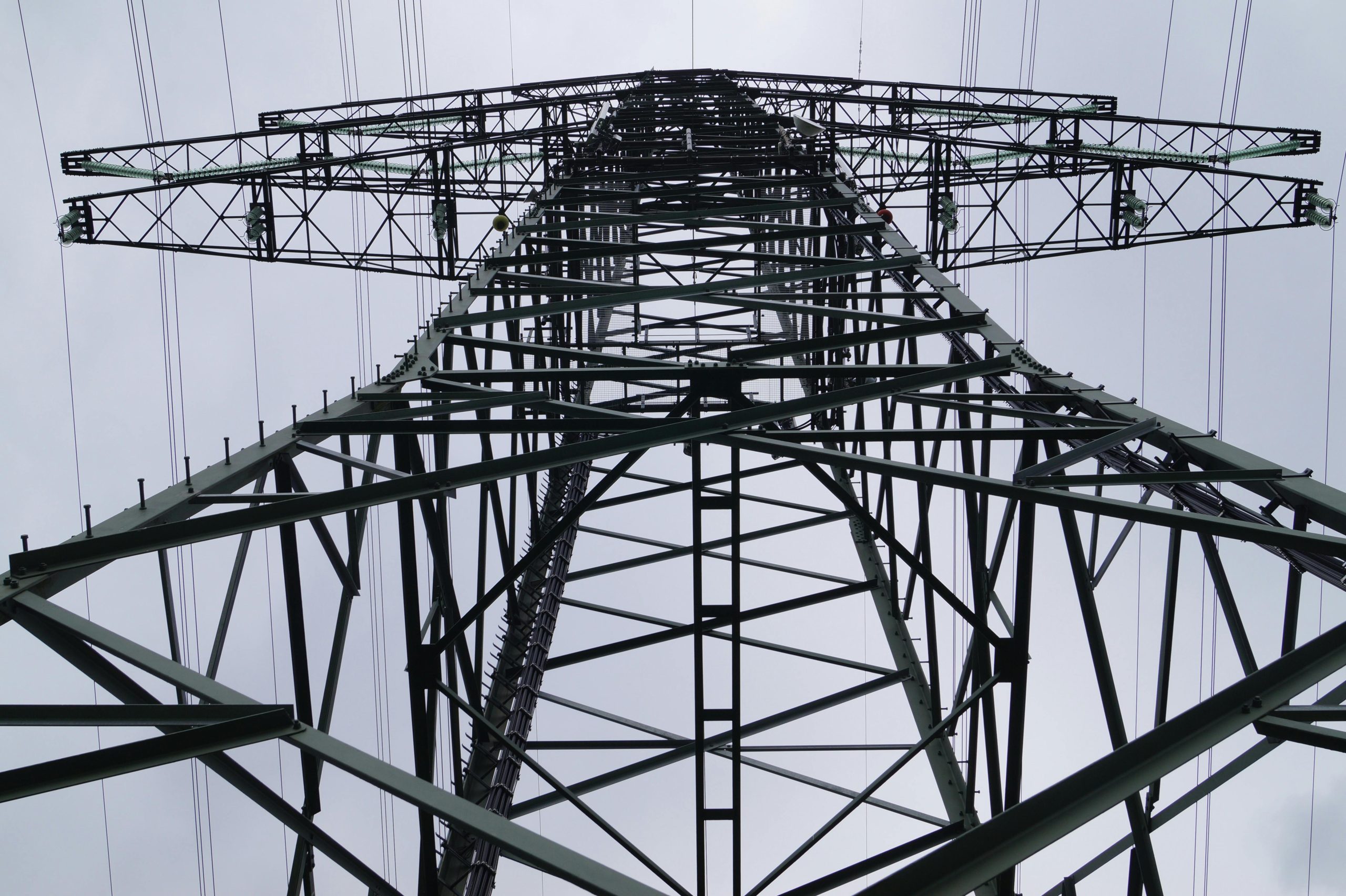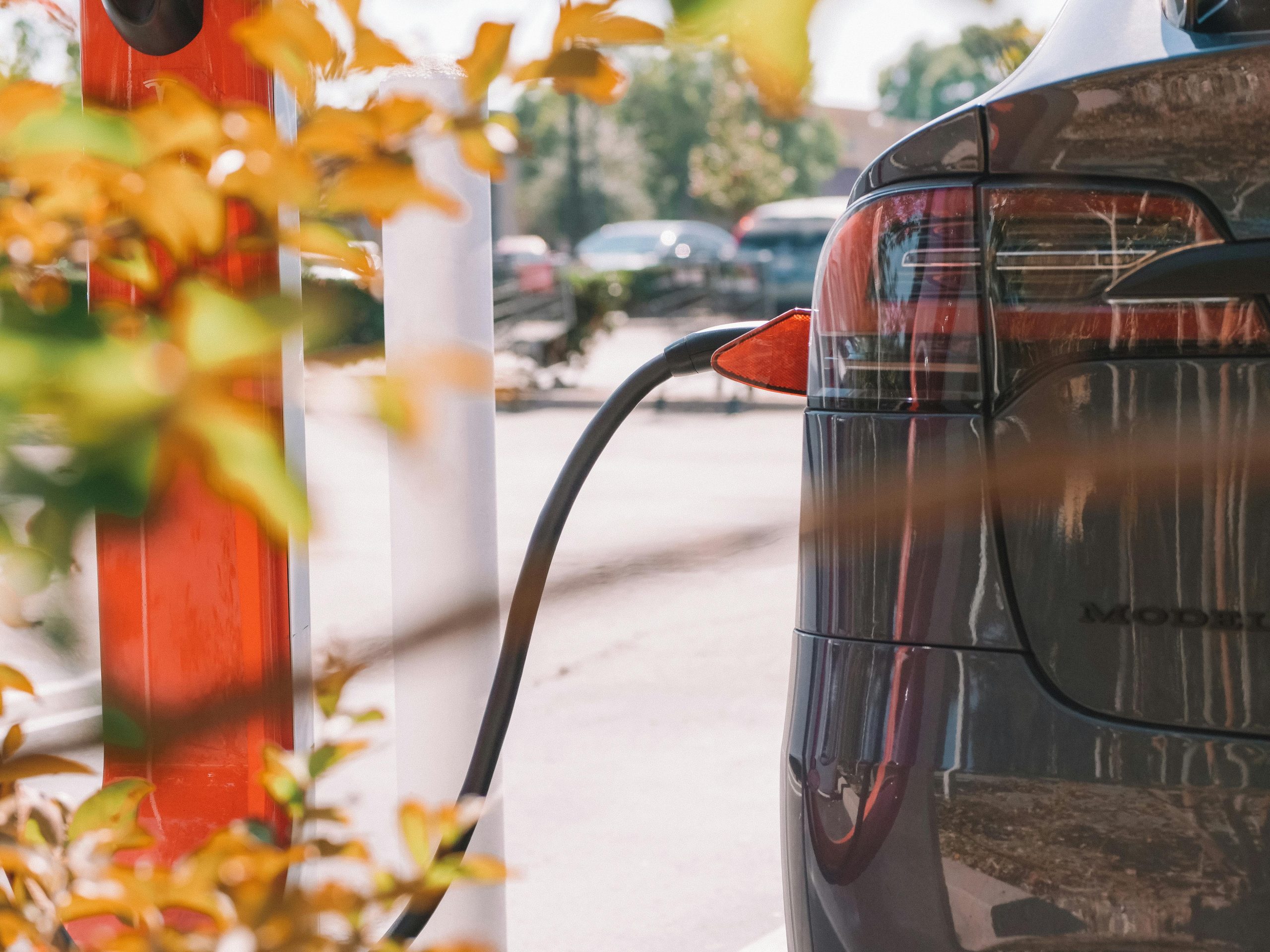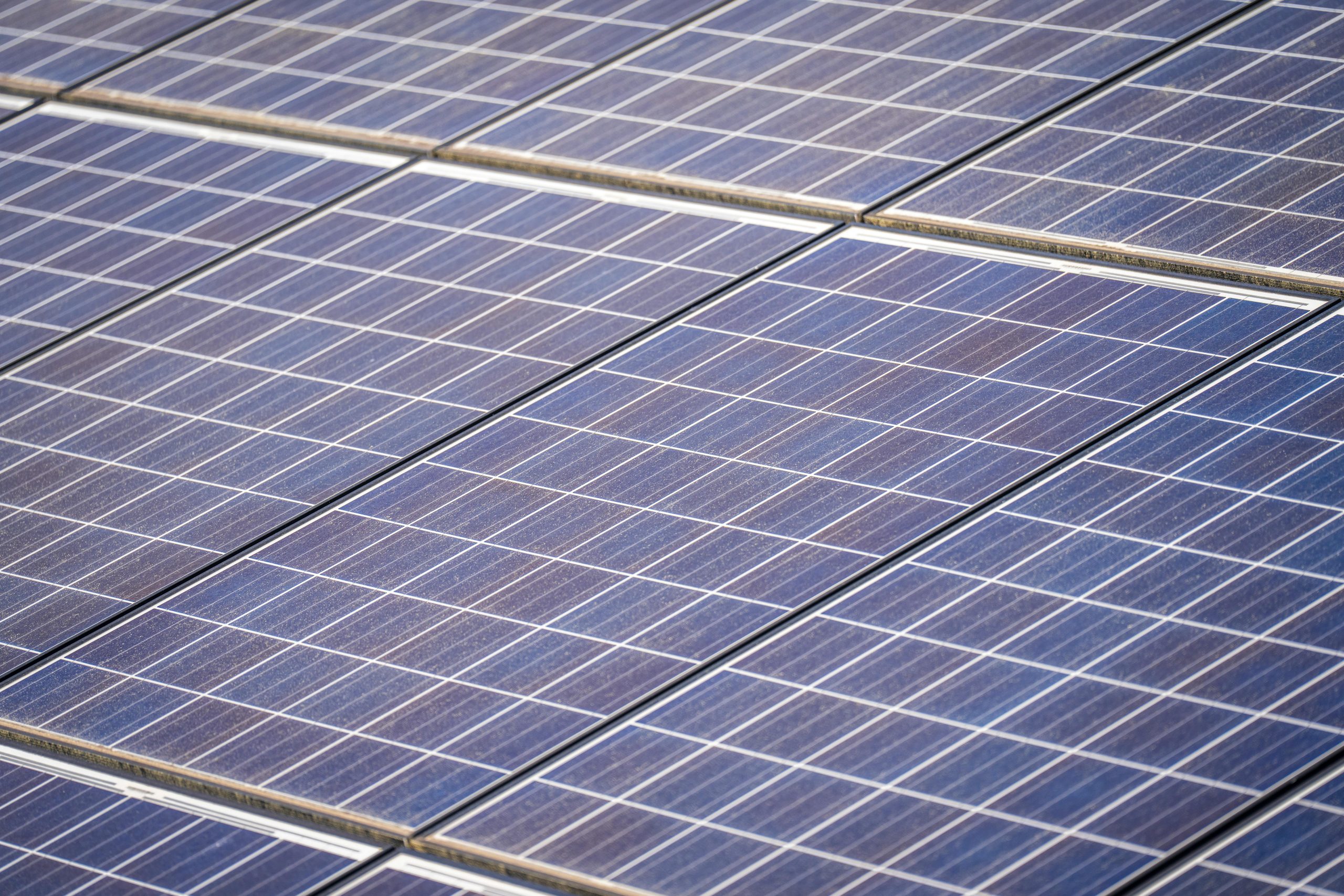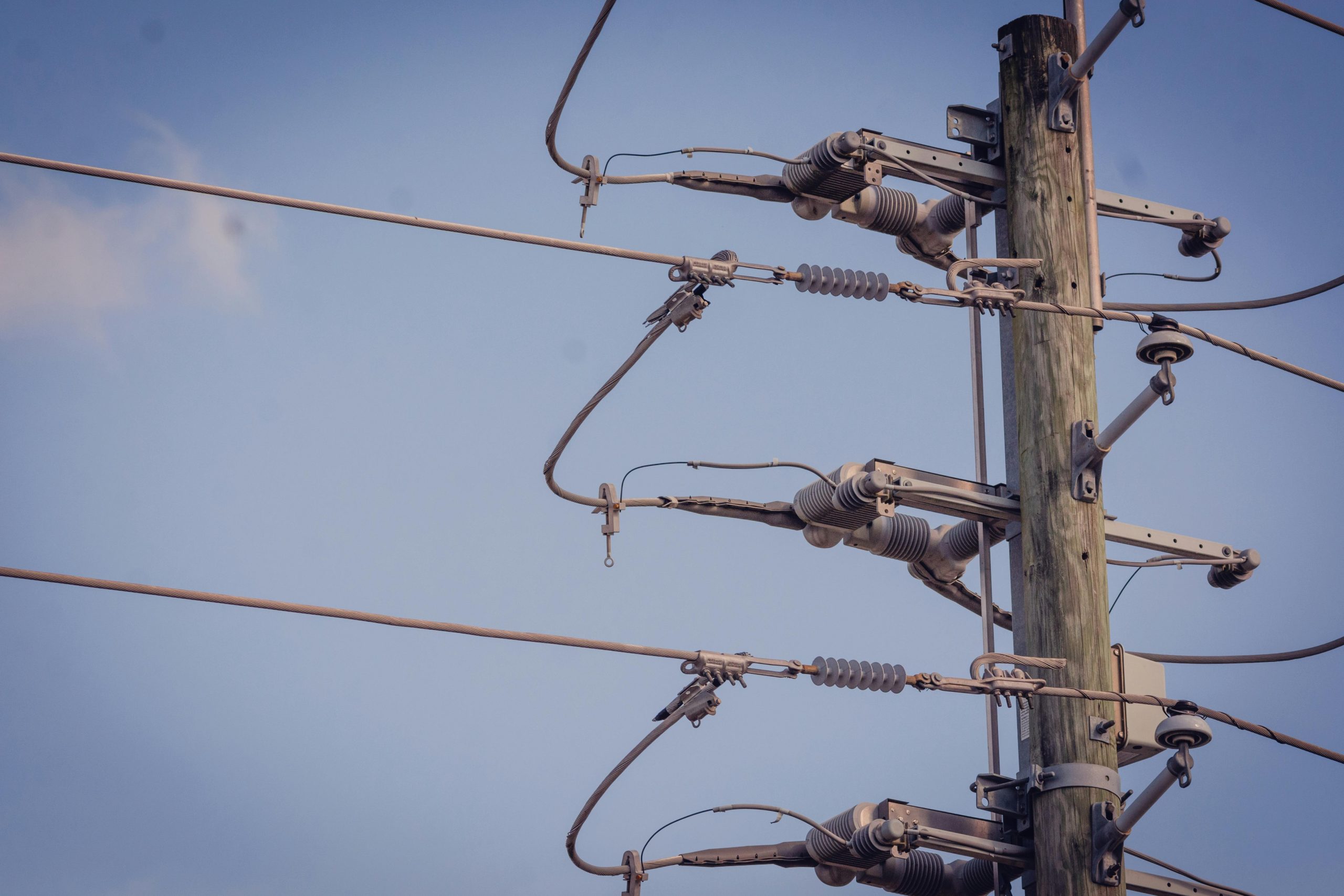Street after street, rows of shiny new electric vehicles glow quietly where gas engines used to hum. Cities and suburbs are filling up with more EVs every day. It feels like a new chapter for driving, but there’s a catch: all that power has to come from somewhere.
This wave isn’t just about cars, it’s about whether the grid can keep up when everyone plugs in. The answer is yes, but it won’t be easy. Keeping the lights on and the wheels spinning means smart updates, tough choices, and a shared effort from everyone who depends on the switch.
The Current State of the Electric Grid
Every flip of a light switch, charge of a phone, or hum of a fridge starts a journey on wires and towers that crisscross the country. Our electric grid is the invisible force behind almost everything we do, yet most people never think about how it works or what happens when more and more EVs plug in at once.
Aging Infrastructure and Its Limits

Photo by Pixabay
The backbone of the American grid—its wires, transformers, and towers—dates back to a different era. Many of these parts were built in the 1950s and 1960s, and they’re feeling their age. These old lines and stations are like old pipes in an apartment building: if everyone turns on the faucet at once, the pressure drops or something bursts.
Key limits of aging infrastructure include:
- Reduced carrying capacity. Many lines were never built for today’s higher loads.
- More frequent outages. Old transformers and switches break down under stress.
- Vulnerability in extreme weather. Strong winds or heat can knock out flimsy wires or overloaded substations.
As demand climbs—thanks not just to EVs, but to smart homes, air conditioners, and data centers—these age spots start to show. The wear and tear leave many grid operators anxious about heavier traffic ahead.
How the Grid Handles Demand Today
The grid is a living, breathing network. Power plants feed energy into high-voltage lines that crisscross states. From there, substations lower the voltage and send it out to homes and businesses.
Managing all this power is tricky. It’s a bit like traffic control: the right amount of electricity must move at the right time, or the lights go out.
When demand is ordinary, everything hums along. But what about summer afternoons, with ACs blasting in every house, or cold snaps in winter?
During these spikes, operators turn to tricks like:
- Spinning reserve capacity: Power plants ready to kick in at a moment’s notice.
- Rolling blackouts: Temporary cut-offs to prevent damage to the entire grid.
- Smart load management: Nudging big users to cut back or shifting non-essential loads to lower demand.
Still, even with these tools, the grid can buckle. Storms, wildfires, and heat waves test the system every year, exposing weak points and causing service interruptions.
So, while the grid works hard to balance steady use and sudden surges, many experts wonder if years of patchwork fixes are enough for the next big leap in electric demand.
Electric Vehicles: Power-Hungry Neighbors
The burst of electric vehicles in neighborhoods is shaking up the way we all use electricity. EVs aren’t just quieter rides, they’re heavy drinkers at the grid’s tap, each one adding a modern twist to the classic problem of “who’s using the most power on the block.” Their arrival often means old rules about electricity demand no longer work. The timing and style of charging matter almost as much as the cars themselves. Under the hood, the grid is feeling the pressure in new ways, especially in places where neighbors rush to plug in at the same time.
Charging Patterns and Peak Times: Describe when people charge cars, why it matters, and the risk of overloading local lines.
EVs bring a new routine to daily life and, in turn, to the grid. Most drivers plug in when they get home, usually around dinner, right after work. This habit stacks EV charging on top of the evening spike from cooking, TV, and air conditioning.
- EV owners often charge between 5 p.m. and 10 p.m.
- Utilities already call this “peak time,” when the grid feels most crowded.
- Apartment blocks or suburban streets can see a handful of EVs double or triple the usual electricity pull for a transformer.
Why does this timing matter so much? If too many neighbors charge at once, especially at higher speeds, the local wires and transformers can run hot. It can be like watering a thirsty lawn with several hoses from an old, rusty spigot—it works until too many turn on at the same time.
Risks of overloaded lines include:
- Flickering lights, tripped circuit breakers, and sometimes even small blackouts
- Higher costs because utilities might have to fire up their oldest, priciest power plants
- Faster wear and tear on neighborhood equipment
Some cities are starting to offer incentives for “smart charging”—programs that reward charging late at night or when demand is low. Encouraging drivers to plug in at different times may be the simplest—yet most powerful—trick to keep the lights on for everyone.
Fast Chargers, Home Chargers, and Their Unique Loads

Photo by Kindel Media
Home charging and public fast charging pull on the grid in different ways. Understanding these setups makes it easier to see why both matter—sometimes in surprising ways.
- Home chargers: Most folks use Level 2 chargers at home, drawing as much as an electric dryer for hours at a time. This may not sound wild, but if a cul-de-sac sees six or eight EVs charging at once, the local transformer can get overwhelmed. Like several houses all turning on their ovens together, the wires heat up and fuses strain.
- Public fast chargers: These are the speed demons, sometimes pulling enough power to run an entire convenience store or small business. One fast charger on a busy corner is no problem. A dozen in a supermarket parking lot can stress even city wires built for major loads.
Key contrasts:
- Timing: Home charging peaks in the evening; public fast chargers often see use around the clock, but especially during road trips and commutes.
- Impact area: Home chargers stress smaller local circuits; fast chargers can tax larger, regional substations.
- Duration: Home charging is slow and steady. Fast charging finishes in minutes, but needs a big gulp of power—instantly.
A wave of new EVs brings everything together at once—nighttime neighborhoods glowing with the hum of car batteries, and daytime shopping centers pulsing with fast-charging demand. Both kinds of stations push the existing grid in ways it was never built to handle, making every new plug-in an important piece of the energy puzzle.
Solar, Wind, and New Tech: Can Clean Energy Help?
On any sunny afternoon or breezy night, thousands of solar panels and wind turbines spin out clean electricity for the grid. New technology is turning rooftops and open fields into mini power plants. The dream is simple: use clean energy to power millions of electric vehicles and help protect the grid at the same time. But those bright panels and tall turbines don’t always line up with when we plug in our cars. Here’s where the promise meets the challenge—and how smart new tech could tip the balance.
The Promise and Challenge of Renewable Energy

Photo by Mark Stebnicki
Solar, wind, and batteries are changing the way electricity is made and stored. On paper, these sources could fill enough car batteries to power entire towns. Solar panels fill up during daylight hours, and big wind farms spin hardest at night or in stormy weather.
These clean options shrink pollution and can add energy around the clock, but there’s a sticking point. Sun and wind only show up when the weather—and the clock—decide. Car owners like to charge after work in the early evening. By that time, the best solar hours are often gone, just when the grid feels the most crowded.
Why the grid can’t always count on sun and wind:
- Timing mismatch: Most solar power is ready midday; most EV charging happens late afternoon or evening.
- Variable supply: Wind can calm down at night. Clouds or storms can sneak up on solar production.
- Storage struggle: Massive batteries let us save extra power for later, but building enough of them is expensive and takes space.
Still, every rooftop solar panel and spinning wind turbine cuts the demand on old coal or gas plants. When paired with smart batteries, renewables can stretch their reach—pushing green power into the grid just when drivers need a charge. But it all comes down to timing and technology.
Smart Grids and the Power of Timing
Charging cars should feel as smooth as flipping a switch, even when half the block plugs in at once. Smart grid technology is the secret ingredient that can make this possible. These systems communicate with homes, chargers, and even cars to deliver electricity exactly when it makes the most sense.
How smart grids help keep the power flowing:
- Dynamic timing: Smart chargers can schedule each car to sip power overnight or during sunny windows, smoothing out the evening surge.
- Remote controls: Utilities can slow down or pause charging briefly when the grid gets hungry, then ramp up when it catches its breath.
- Smart homes: Connected devices can wait their turn or run off solar when the sun is strongest.
Imagine your neighborhood as a giant orchestra, with each home and charger playing just the right note at just the right moment. Instead of everyone drawing power during rush hour, smart tech tallies up who needs what—then staggers delivery.
Benefits you might see from smart grids and managed EV charging:
- Less risk of blown fuses or local blackouts
- Cheaper electricity when charging matches up with the cheapest, cleanest supply
- Longer lives for transformers and wires
With solar, wind, batteries, and “charging by the clock,” the next wave of cars could run on power that’s greener, smarter, and easier on the grid. It just takes a grid that can think on its feet and keep up with the flow.
Fixes, Costs, and Who Pays the Bill
Every EV rolling off the lot brings new hope for cleaner air and quieter streets, but also adds one more straw to the power grid’s already heavy load. Turning a street full of gas cars into a parade of plug-ins sounds simple. The truth is, it means fresh wire, beefier substations, and bigger bills. So, who picks up the check for these upgrades? The answer runs from local line crews all the way to the halls of Congress.
Upgrading Wires, Stations, and Substations: Improvements Needed to Safely Supply Millions of EVs

Photo by Arian Fernandez
Picture a city where every home adds a backyard swimming pool at once—the pipes, pumps, and drains can’t keep up. Today’s grid faces a similar squeeze as EVs crowd the system. Energy experts agree on a checklist of fixes to prevent the lights from flickering and the chargers from quitting.
Here’s what goes on the “to-do” list:
- Thicker, heat-proof wires to move more power with less risk of overheating.
- Roomier transformers on residential streets able to handle multiple EVs charging at the same time.
- Modern substations equipped with tech that can monitor, balance, and reroute massive new loads.
- Fast-charging hubs that draw industrial-sized power, sometimes demanding their own grid connections.
- Smart meters and controls to help utilities measure usage, detect problems, and guide homes toward cheaper, off-peak charging.
Making these upgrades isn’t a weekend project. Lead times for new transformers, for example, often run 12 months or even longer. Supply chain slowdowns tug at every step—copper wire, steel for towers, software chips for “smart” gear. Some utilities sit on waitlists, hoping to get the parts they need before drivers outpace the fix.
The hit to the wallet is huge. A single substation upgrade can reach $10 million. Nationwide, prepping for a million extra EVs might tip the scale past $100 billion. Yet the cost of doing nothing could be much greater if transformers start popping or neighborhoods go dark.
Policy, Incentives, and Shared Responsibility: Rebates, Rules, and Who Pays
The debate over who pays for grid upgrades plays out in city hall meetings, utility boardrooms, and on Capitol Hill. The grid is a public service, but every new amp has a price that lands somewhere—on drivers, taxpayers, or power companies.
Policymakers shape the future in several ways:
- Federal bills and grants funnel money to big projects, especially in poor or rural communities.
- State rebates and incentives offer cash back for home chargers or smart technology that favors off-peak charging.
- Rules can require power companies to offer “time-of-use” rates, nudging users to plug in when power is cheap and plentiful.
- Zoning and building codes now push new developments to add EV-ready wiring and parking spots as standard, not as a luxury extra.
Utilities often pass costs to customers through small rate hikes approved by state boards. Taxpayers sometimes cover part of the bill, especially for public fast-charging networks. Automakers and charging companies pitch in, too, since a grid that can’t handle their products means fewer sales.
For many families, the costs arrive as a line on the monthly bill or get buried in taxes. For policymakers, the bigger question is whether to spend now on smoother, cheaper upgrades, or wait and patch things up in a crisis. Most experts see prevention as the better bargain, but convincing everyone to share today’s cost for tomorrow’s benefits takes more than just math—it takes trust, vision, and strong planning.
Conclusion
The surge in electric vehicles brings both excitement and challenge. Each time you flip on a light or plug in your car, you tap into a vast, busy network that connects all of us. The grid can rise to meet the moment, but only if we take its needs seriously and invest with care.
Picture tomorrow’s streets lit by silent cars and powered by cleaner energy, thanks to choices made today—by policy makers, utility workers, and each driver who chooses when to charge. Progress asks us to look beyond the driveway and see our homes as part of something bigger.
Next time you charge up or settle into your favorite chair, remember: every plugged-in moment shapes the path ahead. Your choices matter. Let’s keep this story moving forward, together. Thank you for reading—share your thoughts below and help light the way for smarter, stronger power.